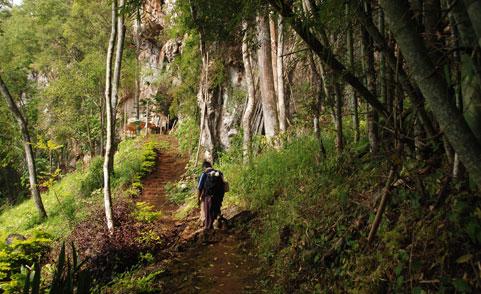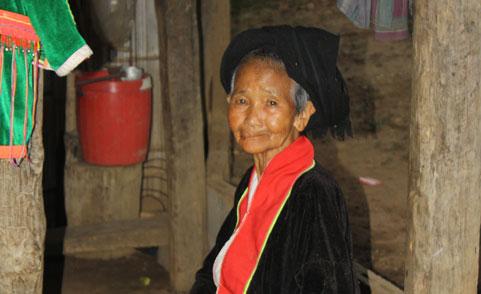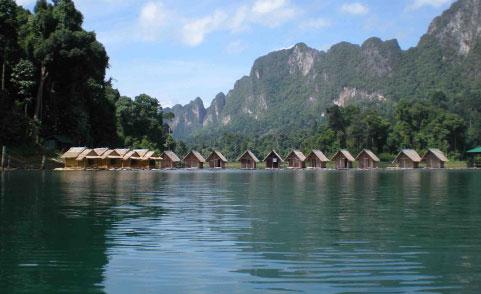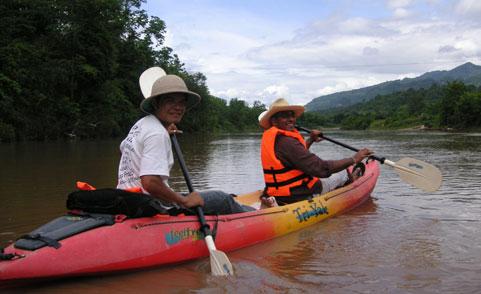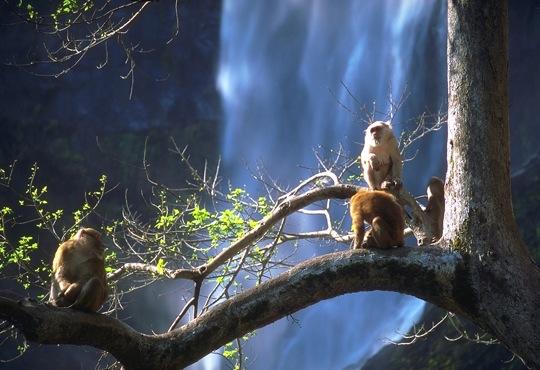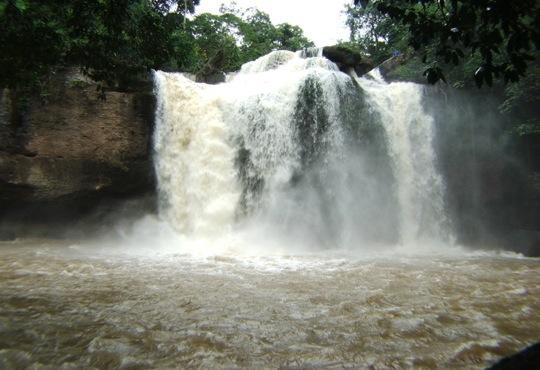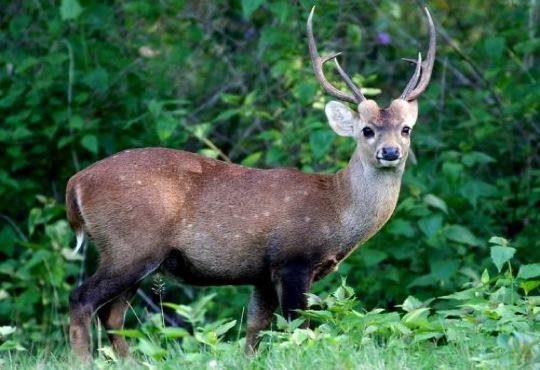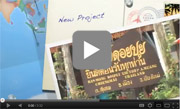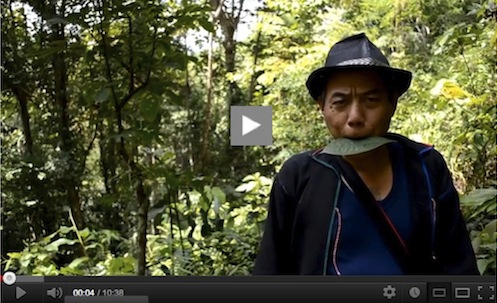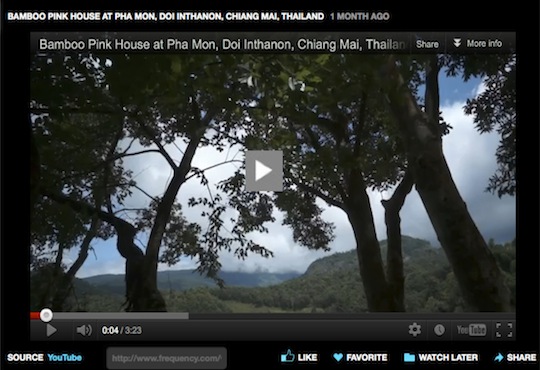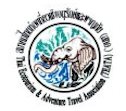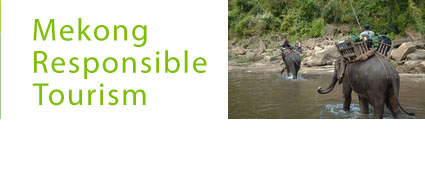Khao Yai
Previous
Pause
Next
1 of 3
Khao Yai National Park is situated in the Sankamphaeng Mountain Range, the southern prolongation of the Dong Phaya Yen Mountains, at the southwestern boundary of the Khorat Plateau.
This park lies largely in Nakhon Ratchasima Province (Khorat), but also includes parts of Saraburi, Prachinburi and Nakhon Nayok provinces.
The park is the second largest in Thailand. It covers an area of 2,168 square kilometers, including evergreen forests and grasslands. Its altitude mostly ranges from 400 to 1000 m above sea level. There are 3,000 species of plants, 320 species of birds like red junglefowl and green peafowl and 67 species of mammals, including Asiatic black bear, Asian elephant, gaur, tiger, gibbon, Indian sambar deer, pig-tailed macaque, Indian muntjac, dhole, and wild pig. Its waterfalls include the 80 metre Heo Narok, and Heo Suwat made famous from the film The Beach. Namtok Sarika is popular with the Thais.
Recent wildlife studies show that animal ranges, particularly the few resident tigers, are impacted by human activity near the center of the park. This study has not impacted the government's call for private lodging concessions within the park itself.
History
About a century ago the Ban Tha Dan people and the Baan Tachal people in the Nakhon Nayok Province to the south of Khao Yai built a settlement within the forest. Up to 30 households cultivated the land. The area was formally recognized by the government and classified as a sub-district known as Pak Ple.
However, due to its location and distance from authorities it became a refuge for criminals and fugitives. In an attempt to capture the fugitives the areas sub-district status was cancelled, and the villages relocated into the plains some 30km away.
In 1959 The then Prime Minister of Thailand, Marshall Sarit Thanarat, Coordinated the Ministry of Agriculture and the Ministry of the Interior to create a process where national parks could be established.
Khao Yai National Park was then established on September 18, 1962, declared by royal proclamation in the Government Gazette (Book 79, Section 89) as the first National Park in Thailand. A major role in its establishment was received by Boonsong Lekakul, one of the 20th century's most famous conservationists in Thailand.
In 1984 the park was made an ASEAN Heritage Park, and on July 14, 2005 the park together with other parks in the Dong Phaya Yen mountains was inscribed as a UNESCO World Heritage Site under the name Dong Phaya Yen–Khao Yai Forest Complex.
Lands adjacent to the national park are becoming increasingly developed into luxury hotels and golf courses for weekending visitors from Bangkok. Such development limits wildlife corridors and permanently reduces future conservation and land acquisition ability. Another kind of attraction is the numerous sighting of pig tailed maqueces. Which are a kind of monkey that appears almost everywhere around the park. people will have to be careful as these macaque can get aggressive towards tourists. It is highly recommended that people stay away from the monkeys because the males have the tendency to bite. Also the tourists should not feed the monkeys as some food may be harmful to them.
Homes and residential villas have been built illegally within the limits of the protected area of the forest. Illegal logging is also a problem in the area of the park.
Climate
Khao Yai National Park has three main seasons, with an annual mean temperature of 23 degrees Celsius, though this varies greatly with the seasons.
Rainy Season
From May to October. During this season most days have high rates of precipitation. The atmosphere is humid with average temperatures of 27 degrees Celsius during the day dropping to 13 degrees Celsius at night. Good waterfalls for travelers.
Cold season
Is from November to February. Clear skies, sunny and cool. Average temperatures of 22 degrees Celsius during the day and 10 degrees Celsius at night. Good time for hiking.
Hot Season
Is from March to April. Humid with day temperatures of 20-30 degrees Celsius and 17 degrees Celsius at night.
Geology
Limestone is present along the Dong Rek range. Sandstone outcrops exist in the south and north of the park. Shales and schist are also present. In the South, steep slopes made of granite and conglomerates can be seen.
Attractions
▪ There are over 50 km of hiking trails. From easy to hard, one hour to three days. There trails on the map from the visitors center will only have the easier trails. Maps do come with English instructions. A guide is recommended for most trails if the tourist has no experience.
▪ Kayaking and rafting.
▪ Night time wildlife spotlighting.
▪ Observation towers at Nong Pak Chee or Mo Sing. Early morning is the best time to view the Great Hornbills, gaur, and sometimes elephants. Gibbons are most active in the early morning.
▪ At about 5:30 at night thousands of wrinkled lipped bats emerge from a cave 3 km outside the northern gate to begin night time feeding. The bats fly in a ribbon pattern across the sky.
▪ Klong Pa Kang-Wang Haew-Dinosaur Footprint. Four day trek to see a dinosaur footprint!
Waterfalls
▪ Haew Narok Waterfall - The Haew Narok waterfalls are the largest waterfalls in the park. It is a three tiered structure that extends 150 meters from the top tier to the basal lake. The waterfall is located about 10 kilometers from the south gate along the central road through Khao Yai.
▪ Haew Suwat Waterfalls - This waterfall runs over a 20 meter cliff into a large pool below. It is located to the about 8km east of the visitors center and can be visited easily by car along one of the main easterly roads. It can also be reached by a 8 km hike from the visitors center (walk number 4) which takes about 4–7 hours. It is made up mainly of multiple layers of sandstone conglomerates with large interbeds of basalt.
▪ Haew Sai Waterfalls - Haew Sai Waterfalls are located a 700 meters north of the Haew Suwat Waterfalls. It is 8km east of the visitors centre and can also be reached vias car or by hike.
▪ Haew Pratoon Waterfalls - Smaller waterfall that is about 1 km north of Haew Sai waterfall.


